Introduction Of Chamber Septic System
Chambers like a pipe that has been split in half lengthwise. They also include holes in the sides to allow effluent to migrate via the sides; the bottom of any trench will clog up after a few years anyhow, and the bulk of the water will exit through the sidewalls.
The identical trench is dug, but instead of gravel, these open bottom parts are placed in the trench. Compared to gravel septic systems, chamber septic systems offer two major advantages:
Quality control isn’t an issue since you know exactly what you’re getting. With gravel, however, you never know.
The open space in the chamber allows for significantly more storage. In fact, if you use chambers, several states will give you a size decrease.
However, I would not advise you to take advantage of this size decrease… Because you have more space, the larger the trench, the better.
When gravel is difficult or expensive to get, or when standard gravel trenches do not function effectively, chamber systems are frequently utilized.
They could be utilized on a steep site, a small site, or a site where the water table or ledge is too close to the surface. Chamber system supporters as well as marketers argue that they will be better effective than typical gravel drain fields, allowing the drain field to be less in size.
In reality, with authorized chamber systems, several jurisdictions permit smaller drain fields. Nevertheless, there seems to be little empirical data to back up these claims, and so many installations believe that all these systems function equally well as traditional systems.
What Is a Chamber Septic System?
Chamber systems were initially developed in the late 1980s, but they are still not commonly utilized, mostly due to their higher cost.
They appear to operate as claimed for the most part, although impartial data comparing chamber systems to standard gravel trenches is difficult to come across.
A chamber septic system is slightly more expensive than gravel, but the labor savings outweigh the expenses. They are more simpler and quicker to install.
Gravelled drain fields have been regularly utilized in several states for over 30 years and have become a standard technique that has replaced gravel systems.
Open-bottom chambers, fabric-wrapped tubing, and synthetic materials like expanded polystyrene media are just some of the options.
Gravelless systems may be made using recyclable materials and save a lot of energy.
The chamber system is an example of a gravel-free system. In comparison to the gravel/stone system, the chamber system is an alternate design.
The chamber system has a number of advantages, the most important of which is the simplicity with which it may be delivered and built.
They’re also ideal for regions with high groundwater tables, where the amount of influent to the septic system varies (for example, at a vacation house or seasonal inn), where gravel is rare, or where other technologies, such as plastic chambers, are easily accessible.
This system is made up of a number of interconnected chambers. The earth is piled up around and above the rooms. Wastewater is transported from the septic tank to the chambers through pipes.
The wastewater comes into touch with the soil in the chambers. The wastewater is treated by microbes that live on or near the soil.
Also Read: Concrete Septic Tank Repair
How Much Does a Chamber Septic System Cost?
An in-ground chamber system might cost anything from $3,500 to $10,000. A gravelless drain field is used in a chamber system.
Over the last few decades, this system has become increasingly popular.
Gravelless drain fields have fewer drawbacks, such as a lower carbon impact and ease of construction and installation.
They’re also useful in situations when there isn’t a constant flow of wastewater, such as in a cottage or a vacation home.
Multiple chambers are generally linked to the tank via pipes that run over the drain field.
Chamber systems operate best in locations where there is good, natural soil that can absorb the wastewater quickly.
Chamber Septic System Maintenance
Here, we see how to chamber septic maintenance are as follows.
- Newly constructed systems must contain a reserved space for a replacement if and when the initial drain field fails, according to regulations.
- It should be treated similarly to the first drain field.
- Only fill minor depressions with dirt to prevent water from ponding.
- Keep burrowing creatures and rodents out.
- Over the drain field, establish and maintain grass.
- Planting trees on or near the drain field is not recommended. It will be harmed by roots.
- Roof drains, downspouts, and basement drainage should all be diverted.
- Tile water away from the drain field and out of the septic system.
- Irrigate the drainfield area lightly.
- Applying huge volumes of water to the drain field region is never a good idea.
- On the drain field, do not drive or park cars or agricultural machinery.
- Dog kennels and other animal confinement facilities should not be built over the drain field.
- Patios, decks, driveways, garages, and other structures should not be built over the drain field.
- Septic starters, additives, and feeders should not be used. Some are a waste of money since they do nothing. Others may end up causing harm to your system.
- Pesticides (insecticides, herbicides, fungicides), medicines, paints, paint thinners, solvents, and cleaning chemicals should not be used excessively or disposed of away down the drain.
- Antibacterial soaps, for example, can be handled by a system that can manage regular quantities of home cleaning goods. Excessive consumption might be detrimental to the body. Excess quantities should be disposed of at a domestic hazardous waste collection.
- Bleach-containing automated toilet cleaning dispensers should be avoided. These provide a continuous antibacterial substance to the tank, which might obstruct beginning therapy.
- If you use your waste disposal at all, do it sparingly. Garbage disposals create more solids when they are used often. Professionals estimate that a tank in a home with trash disposal will need to be pumped twice as often as one in a home without one.
- Instead, use compostable materials.
- Hire a professional to install an effluent filter in your septic tank. It filters the effluent as it exits the tank, collecting suspended particles. The effluent filter is less expensive and easier to clean than a blocked drain field.
- Do not pour grease or oil down the drain. It may block the pipes and cause scum development.
- Toss cigarette butts, face tissue, diapers, paper towels, and feminine items in the garbage with other solid waste.
- Fit a lint filter to your washing machine. Consider that lint comes off your clothing just as easily in the washing as it does in the dryer. Lint may form scum or sludge in the septic tank or remain floating and flow out with the effluent to the drain field.
- When possible, use liquid detergents. Powdered materials include fillers that degrade into sludge.
- Use toilet tissue that degrades quickly. Shake your toilet paper in a covered container of water to test it. After less than one minute of shaking, the paper should exhibit symptoms of disintegration.
Advantages of Chamber Septic System
Here, the pros of chamber septic system are as follows.
- The building of chamber septic systems is now underway. The installation of a chamber septic system has obvious advantages.
- One of these advantages is the simplicity with which it may be installed.
- Gravels are known to be rare in some locations and must be carried great distances to be used in the construction of a drain field.
- However, a chamber septic system eliminates all of that tension, making it less expensive owing to the use of alternative materials such as permeable nylon filter cloth.
- Unlike most typical septic drain fields, chamber system drain fields do not compress readily.
- This eliminates the tension and concern associated with a faulty drain field. Regardless, it is critical to avoid driving cars or other heavy equipment across the drain field.
- In terms of inspection, chamber septic systems are simpler.
- Furthermore, certain leaching chambers often contain or keep a greater amount of wastewater for subsequent treatment than gravel beds. Gravel is also not required with chamber septic systems.
- The drain field’s lifetime is extended owing to decreased soil and silt infiltration. This is made feasible by the design of the leaching chambers.
Also Read:What is Brick Septic Tank?
Disadvantages of Chamber Septic Systems
Here, the cons of chamber septic system are as follows.
- Chamber septic systems are not without flaws.
- In other words, there may be drawbacks to installing this sort of septic system. For starters, if there is a ready or sufficient supply of gravel, this will be less expensive than a chamber system.
- With chamber septic system drain fields, groundwater contamination is a potential. This is due to the high absorption or percolation rates of particular soils.
- As a result, the use of open-bottom corrugated plastic tubing provides for unfiltered effluent access to the soil.
- Certain standards must be followed before septic systems are certified for construction.
- Different states have their own policies in place to guarantee that pollution is kept to a minimum. The size of a leaching chamber system depends on the soil parameters and wastewater flow.
- When it comes to percolation tests, there are generally two types of soil. Coarse and fine-textured soils are examples of this. Fine-textured soils have a larger allotment or area (typically starting at 185.8 square metres or 2,000 square feet).
- It is far more restricted for coarse-textured soils, with such a maximum limit of 18.6 square metres (200 square feet).
- In addition, leaching chamber discharge regions must be setbacks that are suitable. A shortest path of 100 feet from a private water system well is advised.
- Disposal places for leaching chambers should be at least 300 feet away from a water supply well.
- Property lines (10 ft), water lines under pressure (10 ft), sewer interceptor drain (25 ft), and stream or open ditch (10 ft) are also suggested lengths (25 ft.).
Chamber Septic System Problems
- Chamber septic systems, using pre-formed plastic chambers (shown just above) buried in an earthen trench. Wastewater is delivered to the top of the chamber by a solid plastic pipe. Effluent seeps into soil across the bottom of the chamber
- Most septic systems fail because of inappropriate design or poor maintenance. Some soil-based systems (those with a drain field) are installed at sites with inadequate or inappropriate soils, excessive slopes, or high groundwater tables. These conditions can cause hydraulic failures and contamination of nearby water sources.
Chamber Septic System
A leaching chamber is a wastewater treatment system consisting of trenches or beds, together with one or more distribution pipes or open-bottomed plastic chambers, installed in appropriate soils. The soil below the drain field provides final treatment and disposal of the septic tank effluent.
What Is Chamber Septic System?
A leaching chamber is a wastewater treatment system consisting of trenches or beds, together with one or more distribution pipes or open-bottomed plastic chambers, installed in appropriate soils. The soil below the drain field provides final treatment and disposal of the septic tank effluent.
How Much Are Leach Field Chambers?
The cost for a single- family septic tank leaching chamber drainfield typically ranges between $2,000 and $5,000 in 1993 dollars. If the site is inadequate for a new drainfield and the field must be removed and replaced with a new one, the cost of a new leaching chamber system may exceed $10,000.
Chamber Pipe for Septic Drain Field
Bare minimum usage rate to estimate with is 100 gallons per person per day. Therefore the building department often uses 200 gallons per bedroom per day when sizing residential systems. Each chamber is 12 square feet of base area and 8 square feet of sidewall area.
How Deep Should Septic Chambers Be?
Generally, a finished bed contains 12 inches of gravel below the pipe and another 2 inches on top. The field is then backfilled with 18 to 30 inches of soil to finish the bed and bring it even with the surrounding ground. The result is a drain field about 3 to 4 feet deep.
How Does a 3 Chamber Septic System Work?
The Septic Tank Three Chambers RS Works by Gravity of Foams and Fats (Lighter) and Sludge. the Incoming Wastewater Pass Through Three Different Rooms and While Within Lightest Materials Date Back to Flotation and Heavier Materials Fall on the Bottom of the Tank.
Can You Drive Over Leach Field Chambers?
Septic tanks, distribution boxes and drainfields (a.k.a. leach fields) are buried just under the surface of the ground, which makes them easily damaged by driving vehicles, or operating heavy equipment over them. Driving over a drainfield can cause the drainage pipes to crack, and create leaks throughout the system.
Septic Chamber Installation
How Far Apart Should Infiltrators Be?
As a general rule, trenches ‘fingers’ should be no longer than fifty feet (12 or 13 Infiltrators long) for best function and most even effluent distribution. Unless you are installing as a “bed” system (where the chambers are right next to each other), leave at least six feet of undisturbed soil between fingers.
Chambers for Septic Tank
Most health codes limit the length of individual trenches to 18.3 meters (60 feet). A leaching chamber system should have at least two trenches.
Chambered Leaching Systems
Leaching chambers are drainfields used to dispose of previously treated effluent. Effluent flows out of the septic tank and is distributed into the soil through the leaching chamber system. The soil below the drainfield provides final treatment and disposal of the septic tank effluent.
Septic System Prices List
Here, we see as chamber septic system prices list are as follows.
| Sr.No. | Type | Cost of Septic Tank |
| 1 | Gravity | $1,500 – $4,000 |
| 2 | Conventional | $2,000 – $10,000 |
| 3 | Anaerobic | $2,000 – $5,000 |
| 4 | Chamber | $3,500 – $10,000 |
| 5 | Drip Distribution | $4,000 – $10,000 |
| 6 | Pressure Distribution | $5,000 – $7,000 |
| 7 | Recirculating Sand Filter | $6,000 – $10,000 |
| 8 | Constructed Wetland | $6,000 – $10,000 |
| 9 | Community | $9,200 – $15,700* |
| 10 | Evapotranspiration | $10,000 – $15,000 |
| 11 | Mound | $10,000 – $20,000 |
| 12 | Aerobic | $10,000 – $20,000 |
What Is the Best Way to Maintain a Septic System?
Do’s and Don’ts when maintaining your septic system
- Regularly inspect and maintain your septic system.
- Pump your septic tank as needed.
- Keep your septic tank lids closed and secured.
- Be water-wise.
- Direct water from land and roof drains away from the drain field.
- Landscape with love.
- Keep septic tank lids easily accessible.
Do Mound Septic Systems Smell?
The soil treatment area, or leach field, consists of an in-ground drain bed, field, or mound, and there should not be a strong septic odor unless there’s a problem.
How Long Does a Mound Septic Last?
Mounds and septic systems designed and installed prior to the year 2000 average 20 to 25 years of useful life prior to failing and needing to be replaced. Many systems fail sooner than 20 years, and many last wells beyond 25 years, the average is 20 to 25 years.
Chamber Septic System Cost
Here, we see as chamber septic system prices list are as follows.
| Sr.No. | Type | Cost of Septic Tank |
| 1 | Conventional | $7,000 – $9,000 |
| 2 | Conventional Pump | $8,000 – $10,000 |
| 3 | Pressure Manifold | $10,000 – $12,000 |
| 4 | Low Pressure Pipe (LPP) | $12,000 – $15,000 |
| 5 | Low-Profile Chamber | $18,000 – $25,000 |
| 6 | Drip Disposal – Anaerobic | $30,000 – $35,000 |
| 7 | Drip Disposal – Aerobic | $42,000 – $50,000+ |
Advantages of Chamber Septic System
Advantages include ease of installation, easy inspection of chambers, eliminate need for gravel, and can extend the life of a drain field by allowing for lower intrusion of soil and silt. Disadvantages include a need for very porous soil types, and high cost if gravel isn’t available.
Chamber Septic System vs. Conventional System
When it comes to a chamber septic system vs. conventional, the main difference is that a chamber system doesn’t filter through stone or gravel. Instead, the filters are manufactured with a series of plastic chambers filled with soil.
Chamber Septic System Maintenance Tips
SEPTIC SYSTEM MAINTENANCE TIPS
- Maintain good drainage around the drain field.
- Keep ground water including, sump pump discharge, away from the drain field.
- Maintain a grass cover over the drain field.
- Keep chemicals, phosphates, non biodegradables, etc.
- Pump the septic tank at five year intervals or as required.
How to Maintain a Chamber Septic System Effectively?
How to Care for Your Septic System
- Inspect and Pump Frequently.
- Use Water Efficiently.
- Properly Dispose of Waste.
- Maintain Your Drainfield.
How Does a Chamber Septic System Work Efficiently?
Most chamber systems are “gravelless” or use just a little gravel below the chamber. The chambers typically sit on native soil and disperse the effluent directly to the soil, rather than through a gravel bed first. Chamber systems work best with well-drained soil with a good perc rate.
How Does a Chamber Septic System Work?
The area around and above the chambers is filled with soil. Pipes carry wastewater from the septic tank to the chambers. Inside the chambers, the wastewater comes into contact with the soil. Microbes on or near the soil treat the effluent.
How Many Leaching Chambers Do I Need?
Each individual leaching chamber carries a certain amount of square feet. If one leaching chamber carries 20 square feet and the example above requires 900 square feet, than we would need 45 leaching chambers. One disadvantage to leaching chambers is they require more room than a stone and pipe drainfield.
How Deep Are Septic Lines Buried?
Typically, a leach filed consists of a series of pipes, often buried 18″ deep on a bed of gravel and in parallel with each other. The pipes are connected together at least on one end. Liquefied sewage is gravity fed from the septic tank, through the distribution box into one end of each pipe.
What Is a Chamber Septic System?
Chambers-Infiltrator® chambers are hollow structures that attach end-to-end. They are installed in trenches or beds without gravel (except where local codes require the use of gravel). The entire bottom of the trench is open for unobstructed infiltration of water.
How Many Feet of Leaching Chamber Do I Need?
The minimum linear footage of the leaching chamber system should be determined by dividing the total trench bottom area by 1.2 meters (4 feet), when used in a conventional drainfield trench.
Plastic Chamber Leach Field Cost
Chamber septic systems are similar to conventional systems, but they use plastic chambers in the leach field rather than gravel. They cost $5,000 to $12,000 to install. Chamber septic systems are great choices for places where input volumes vary, like vacation homes.
Chamber System for Septic Tank
Leaching chamber systems in septic tank drainfields are typically installed in three foot wide trenches, separated by at least nine feet, edge to edge. Soil backfill is placed along the chamber sidewall area to a minimum compacted (walked-in) height of eight inches above the trench bottom.
Septic Tank with Two Chambers
A 2 chamber septic tank system is more than enough to handle human waste, oils and grease or other wastewater contents. The first chamber works like a container, handling the waste and allowing scum and sludge to settle within it.
Like this post? Share it with your friends!
Suggested Read –
- Skillion Roof Homes
- Replace Septic Pump
- Wetland Septic Systems
- Pressure Septic Systems
- Inspection Pipe Septic Tank
- Red Light on Septic System
- Average Septic Inspection Cost
- How Does a Septic Pump Work
- Common Septic Tank Problems
- How Much to Pump a Septic Tank
- Evapotranspiration Septic System
- Septic Drain Field Replacement Cost
- Plastic Vs Concrete Septic Tank Cost
- How Many Gallons Is a Septic Tank
- What Are the 3 Types of Septic Systems
- Best Septic System for High Water Table
- Community Septic System Pros and Cons
- How Often Should You Have Your Septic Tank Pumped
- All About of Constructed Wetland | What Is Constructed Wetland | Types of Constructed Wetlands | Constructed Wetland Septic System Cost
- What Is a Community Septic System | Community Septic System Cost | Advantages & Disadvantages of Community Septic System
- Conventional Septic System | What Is a Conventional Septic System | How Much Does a Conventional Septic System Cost
- Alternative Septic Systems | What Are Alternative Septic Systems | Types of Alternative Septic Systems
- Skillion Roof House | Types of Skillion Roof | How to Build Skillion Roof | Advantages & Disadvantages
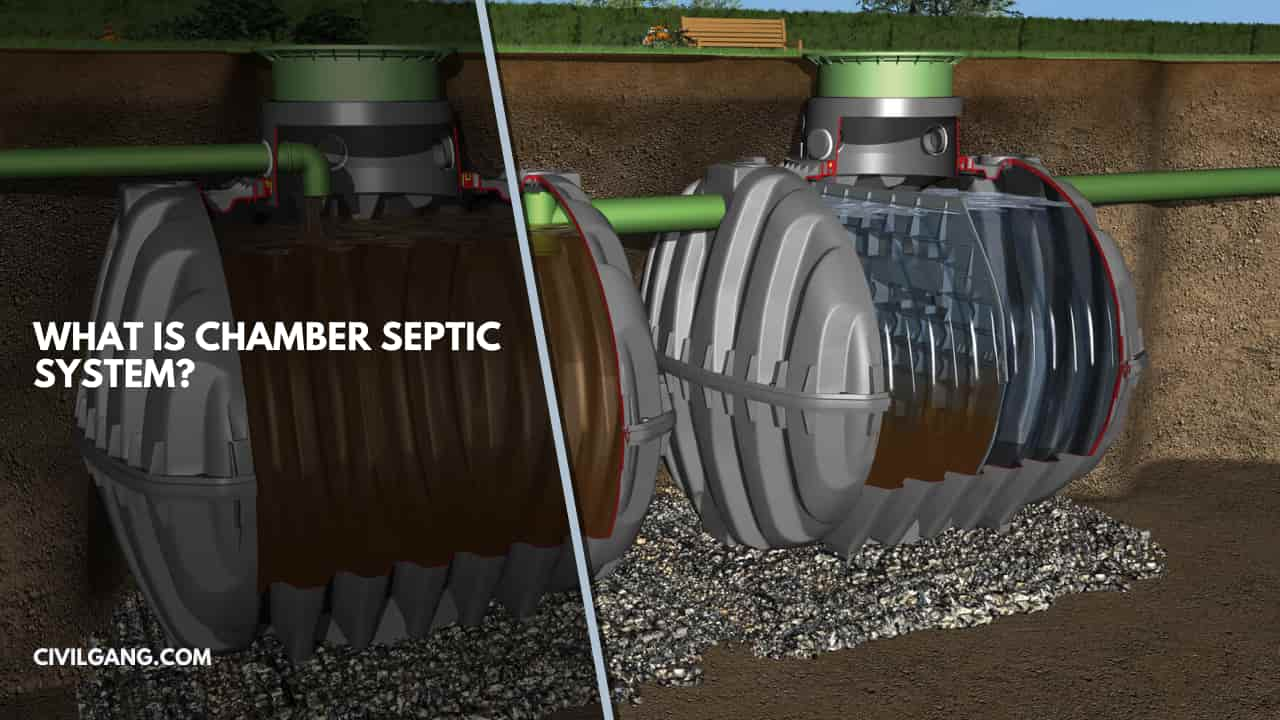
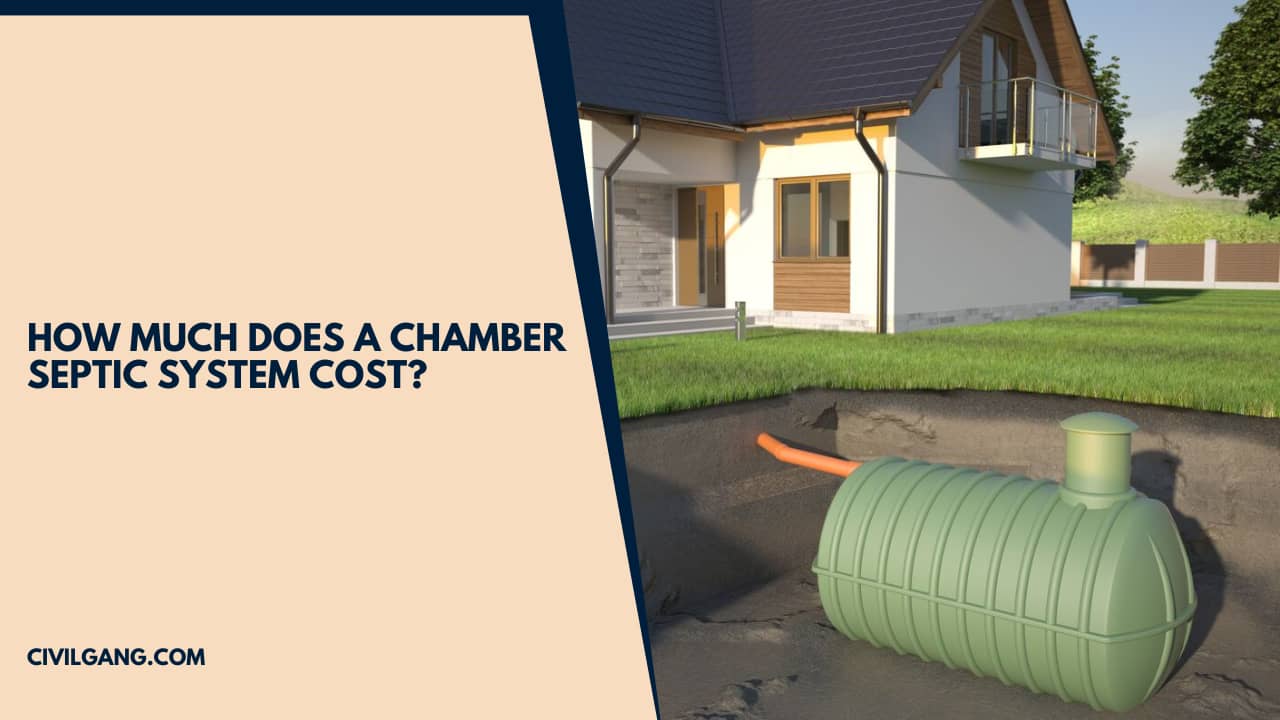
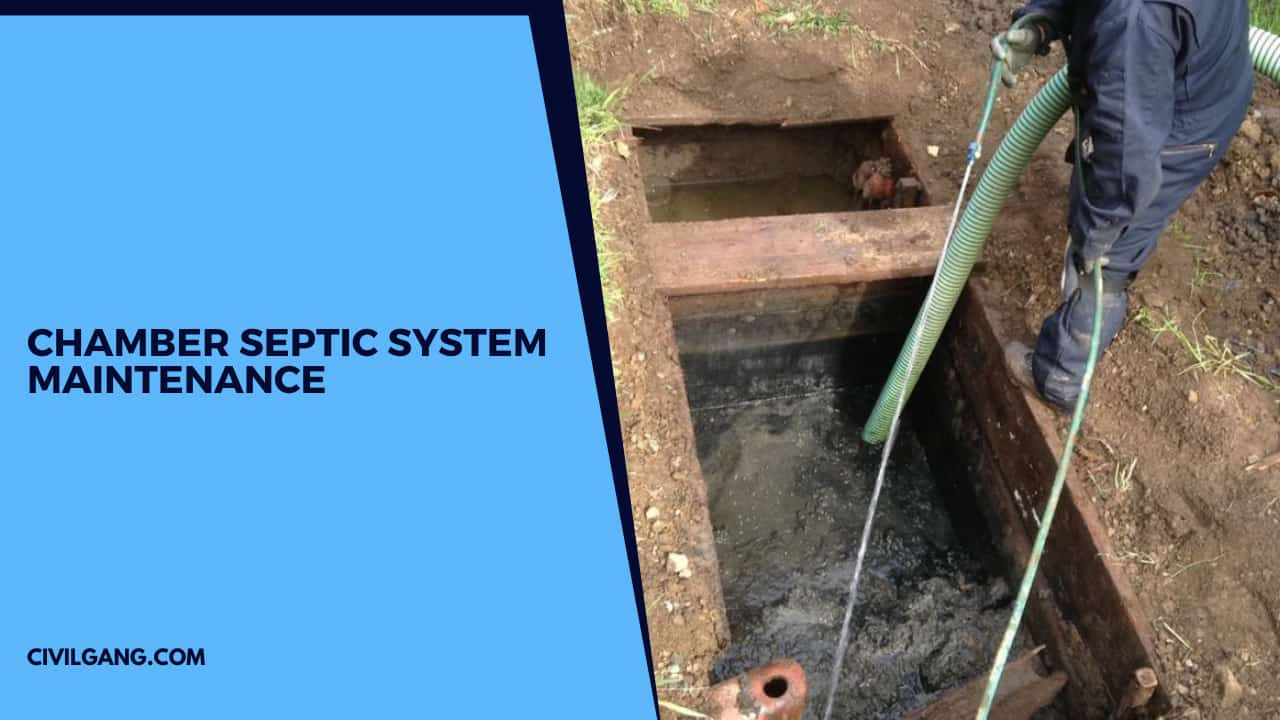
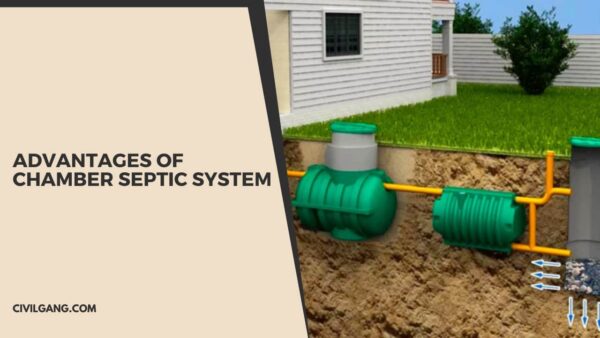
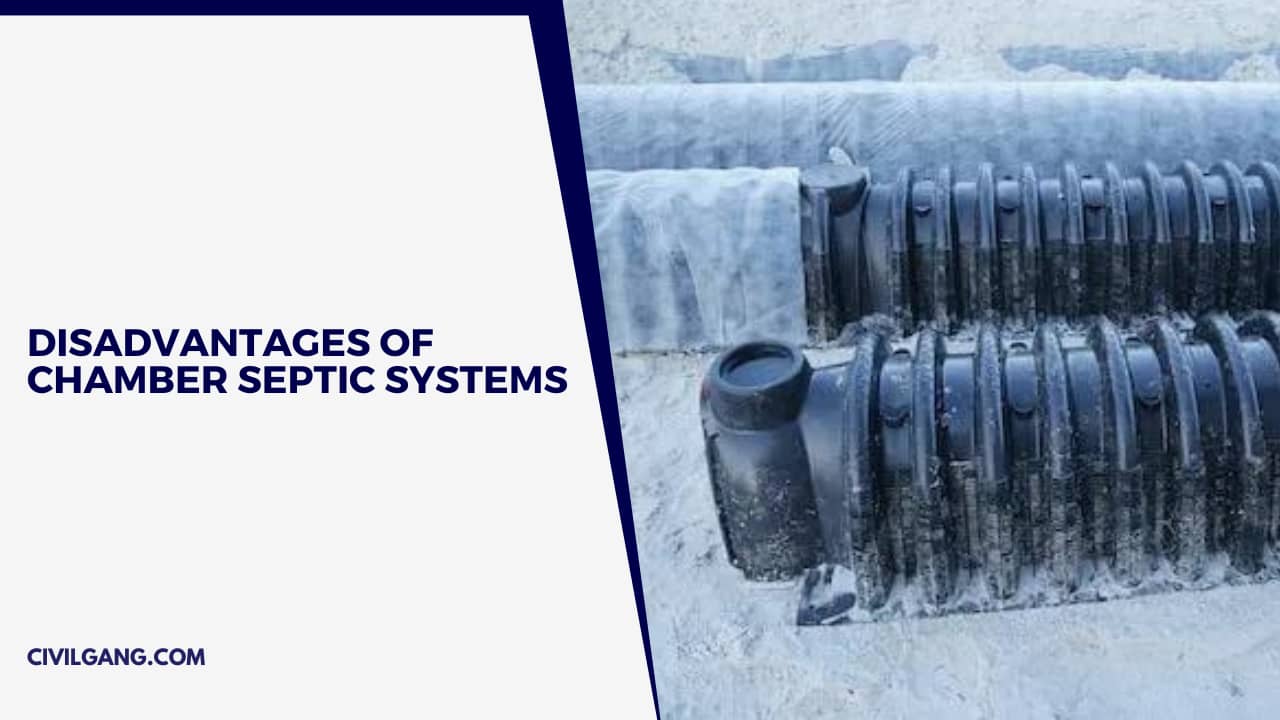
Leave a Reply